Please Follow us on Gab, Minds, Telegram, Rumble, Gab TV
Guest post by Paul Gardiner
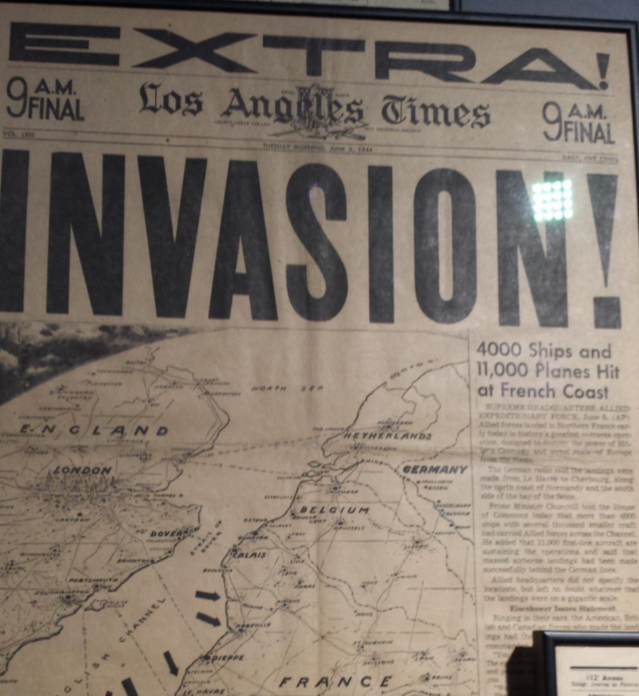
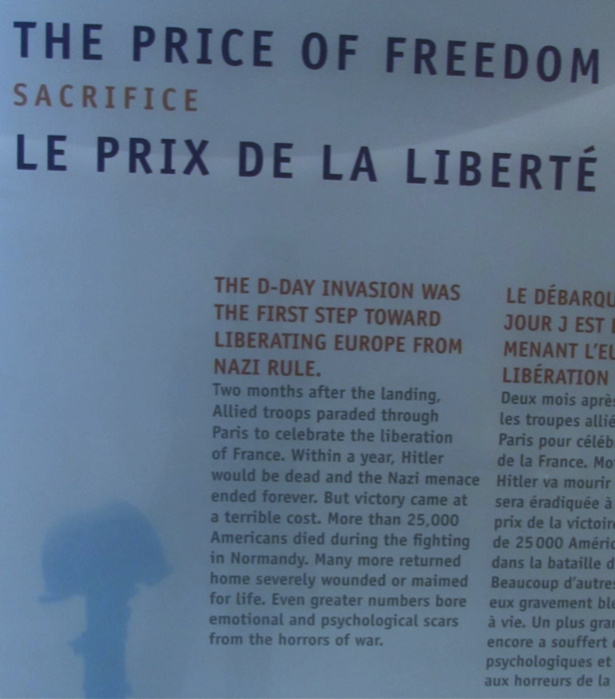
Visit to Omaha Beach
It was a bright, sunny afternoon when we arrived at Omaha Beach. Upon exiting the bus and
walking out to the beach itself, I thought to myself what a drastic contrast today’s peaceful
Omaha Beach is compared to the Omaha Beach of June 6, 1944. Walking on the same sand on
which so many American soldiers (about 2,500) died made me feel very humbled, grateful, and
full of awe. The below photo shows the cliffs that oversee the beach, and scattered throughout
the cliffs were the German machine gun positions and other gun locations that ripped through the
oncoming landing boats and soldiers as they made their way toward the cliffs. For me, the scene
was somewhat of an emotional roller coaster—I have such great respect and admiration for all
the men who gave their lives or were wounded on that day on this stretch of French beach.
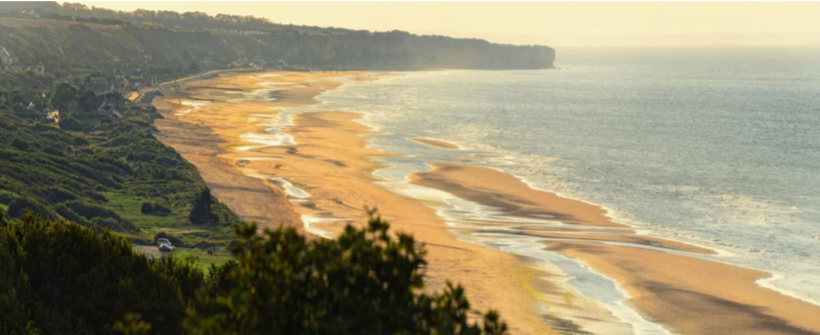
Photo of Omaha Beach on June 7, 1944:
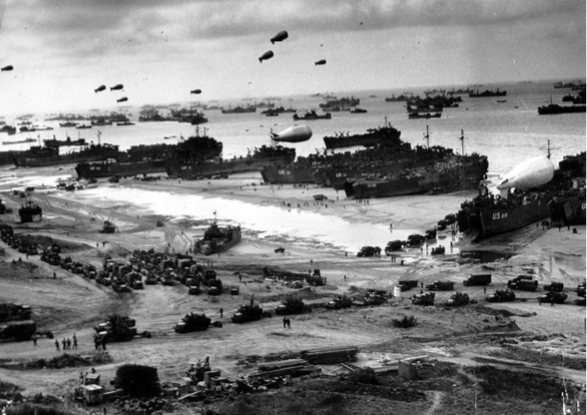
Maps, etc., about the invasion day:
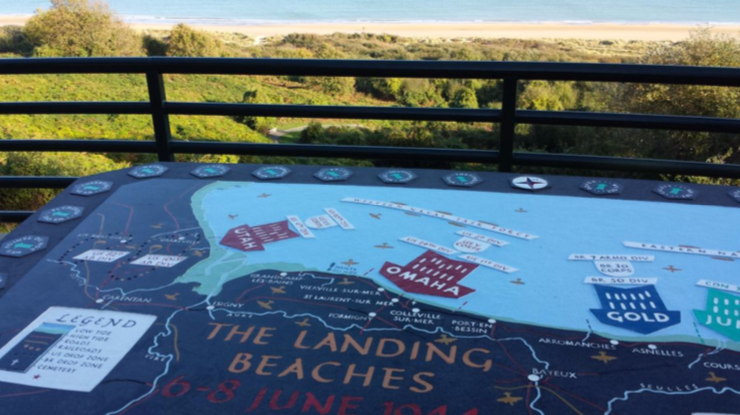
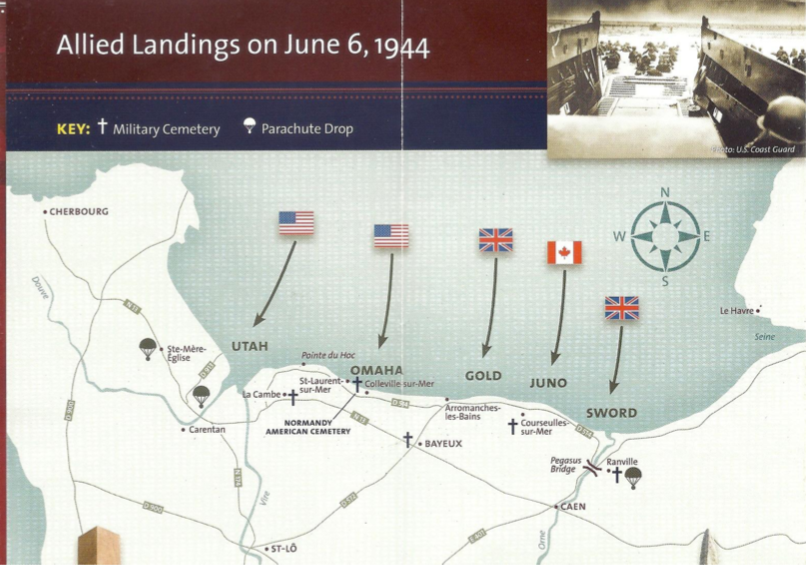
Omaha Beach monuments:
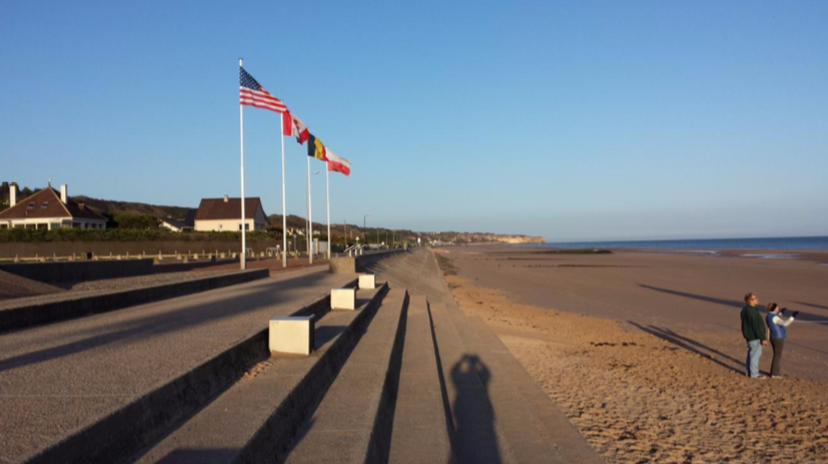
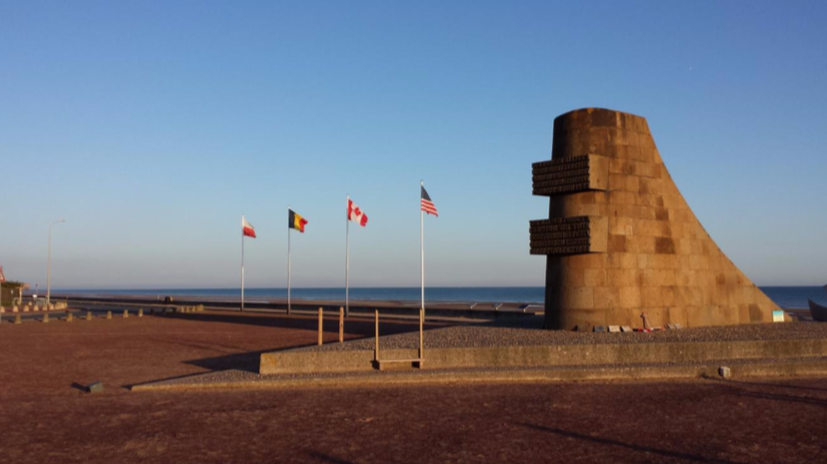
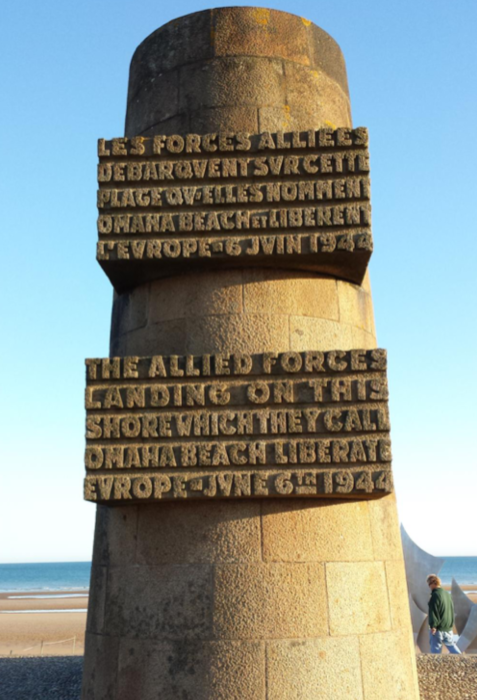
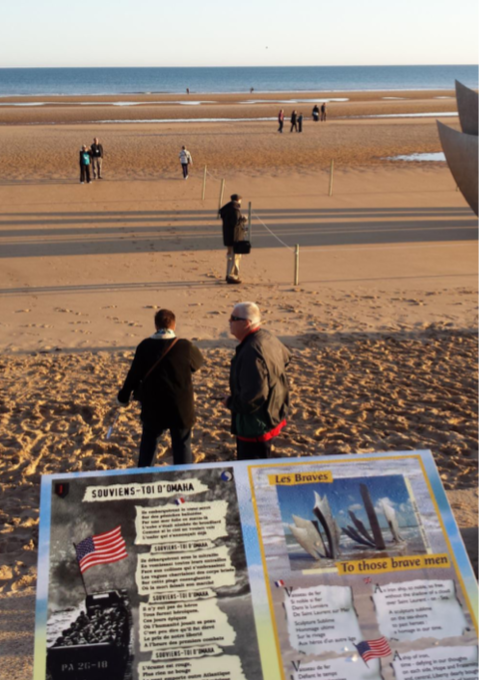
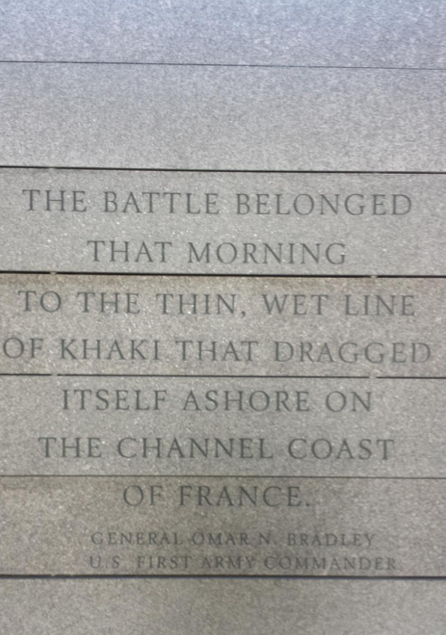
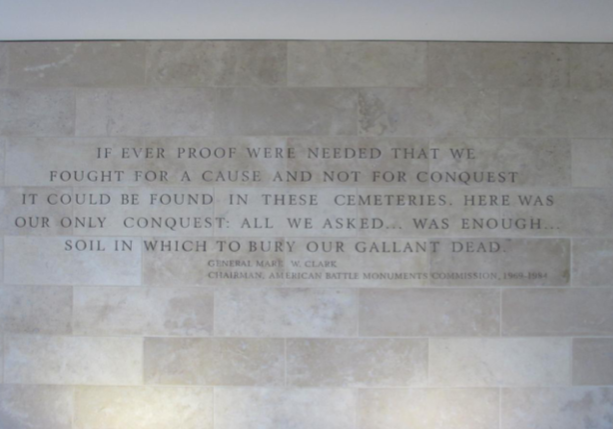
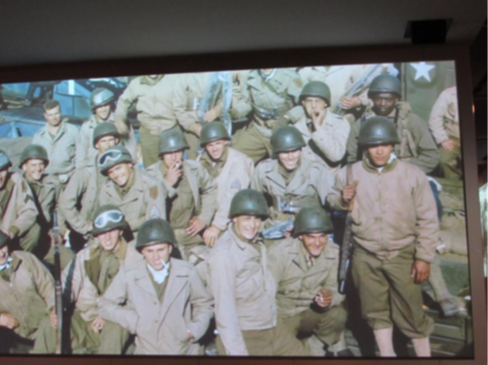
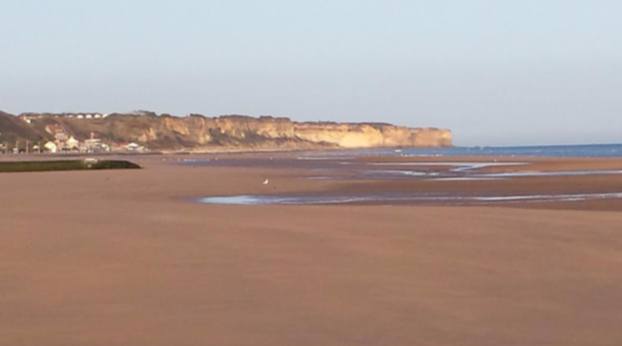
Visit to Pointe du Hoc
The German 155 mm artillery positions on Pointe du Hoc had to be disabled because the guns
could greatly damage American forces landing on both Omaha and Utah beaches. 225 American
Army Rangers were given the mission to scale the 90-foot high cliffs and disable the German
guns. After heavy shelling by the US Navy, the Rangers landed at approximately 0700 and
started their ascent of the cliffs amid stiff German gun fire. 30 Rangers were killed scaling the
cliffs with another 105 Rangers killed on the top of the cliffs until reinforced by other Rangers
and elements of the 29th Infantry Division from Omaha Beach. After fighting for two days, only
90 of the original 225 Ranger attack force remained alive.
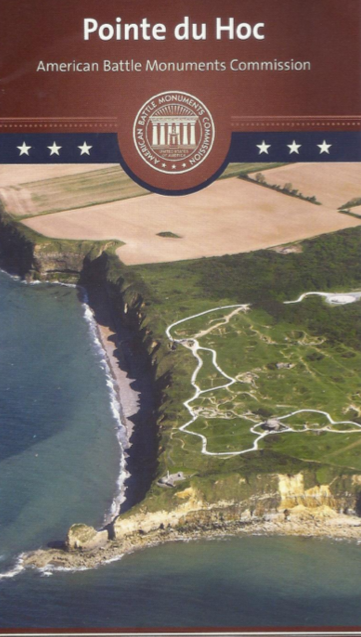
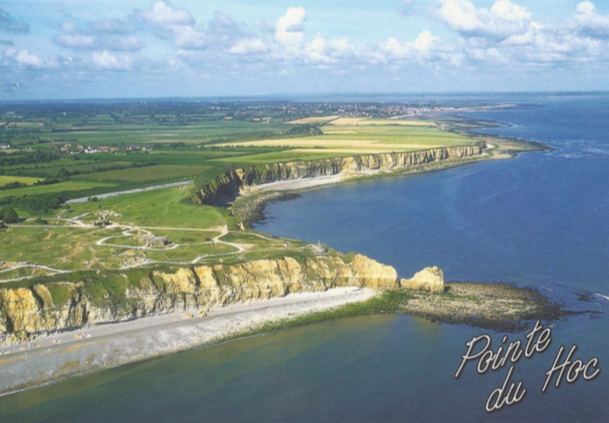
President Reagan addressing Pointe du Hoc surviving Rangers in 1984:
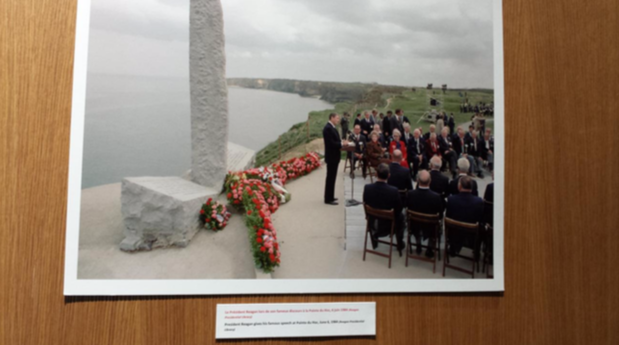

President Reagan’s tribute to the Pointe du Hoc Rangers:
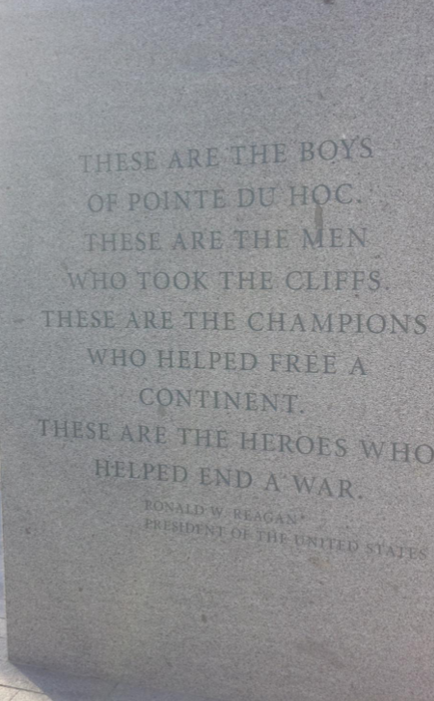
Close up photos of the Pointe du Hoc 90-foot high cliffs:
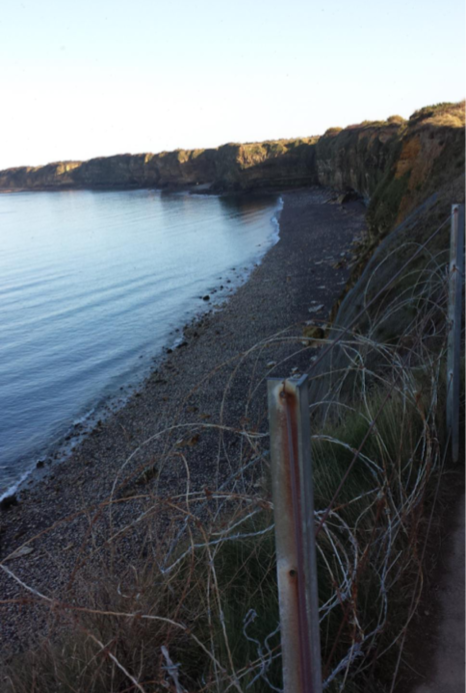
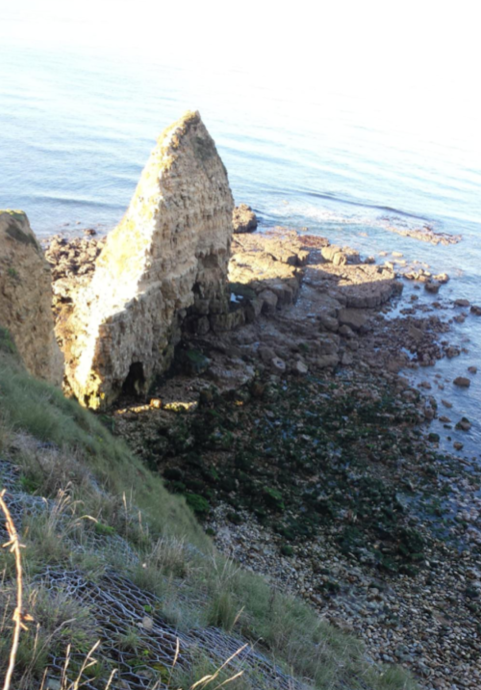
Visit to the American Cemetery, Omaha Beach
There are over 9,300 headstones in the American Cemetery of which 1,557 are for soldiers
missing in action. 45 sets of brothers are buried here. The cemetery is a beautiful, peaceful
place containing the graves of soldiers who died not only on Omaha Beach but also in the
surrounding areas. Below is a photo of the cemetery today and under it, a photo of soldiers in
June 1944 honoring their fellow soldiers buried in the temporary Omaha cemetery:
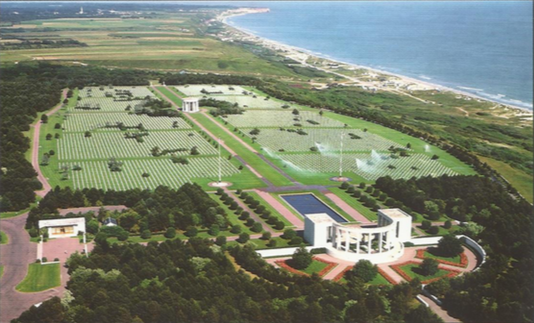
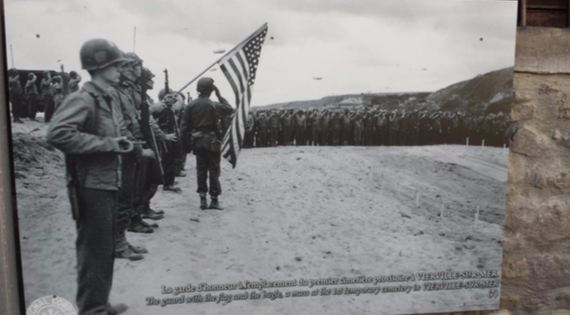
Photos taken while walking thru the cemetery overlooking the English Channel:
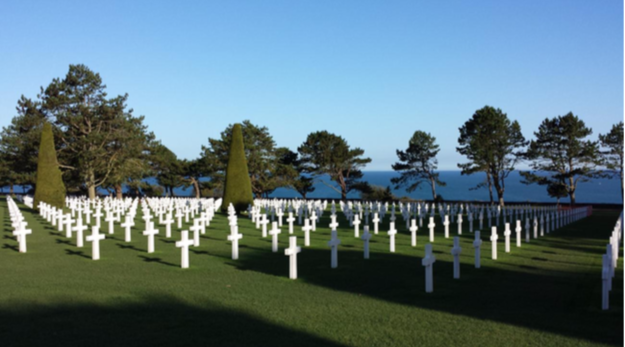
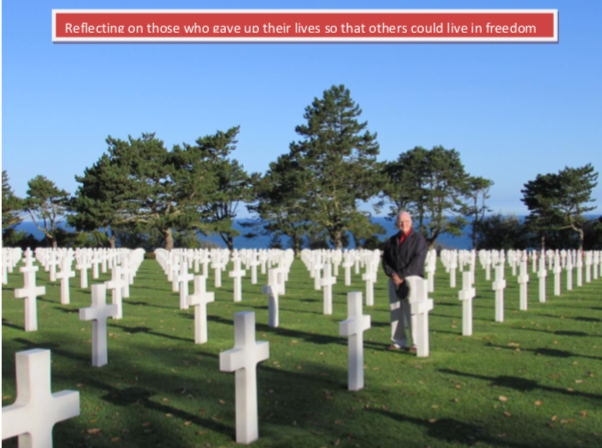
Photo of an ―unknown‖ headstone:
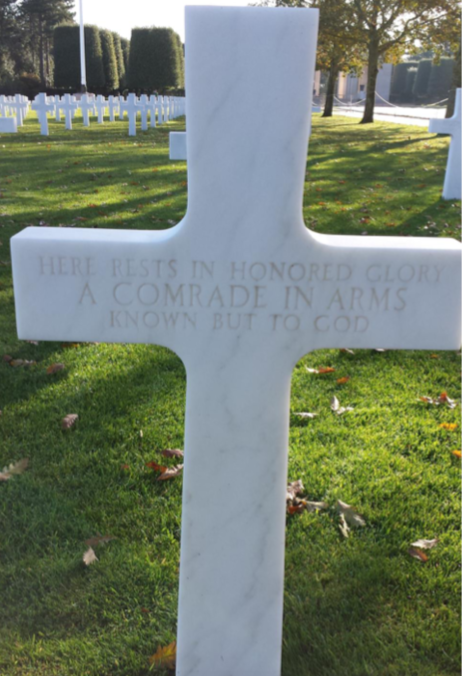
Visit to Sainte Mere Eglise
The town of Sainte Mere Eglise played a significant part in the World War II Normandy
landings because this village stood right in the middle of route N13, which the Germans would
have most likely used on any significant counterattack on the troops landing on Utah and Omaha
Beaches. In the early morning of 6 June 1944 mixed units of the U.S. 82nd Airborne and U.S.
101st Airborne Divisions occupied the town in Operation Boston, giving it the claim to be one of
the first towns liberated in the invasion.
The early landings, at about 0140 directly on the town, resulted in heavy casualties for the
paratroopers. Some buildings in town were on fire that night, and they illuminated the sky,
making easy targets of the descending men. Some were sucked into the fire. Many hanging from
trees and utility poles were shot before they could cut loose.
A well-known incident involved paratrooper John Steele of the 505th Parachute Infantry
Regiment (PIR), whose parachute caught on the spire of the town church, and could only observe
the fighting going on below. He hung there limply for two hours, pretending to be dead, before
the Germans took him prisoner. Steele later escaped from the Germans and rejoined his division
when US troops of the 3rd Battalion, 505 Parachute Infantry Regiment attacked the village,
capturing thirty Germans and killing another eleven. The incident was portrayed in the movie
The Longest Day by actor Red Buttons. The lightly armed troops held the town until reinforced
by tanks from nearby Utah Beach in the afternoon of 7 June.
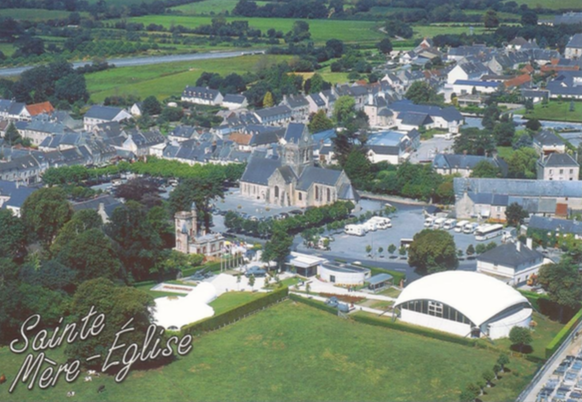
Drop zones for the 82d and 101st Airborne Divisions:
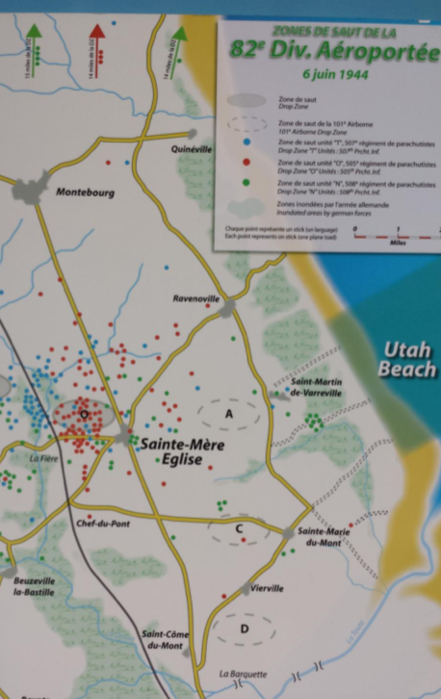
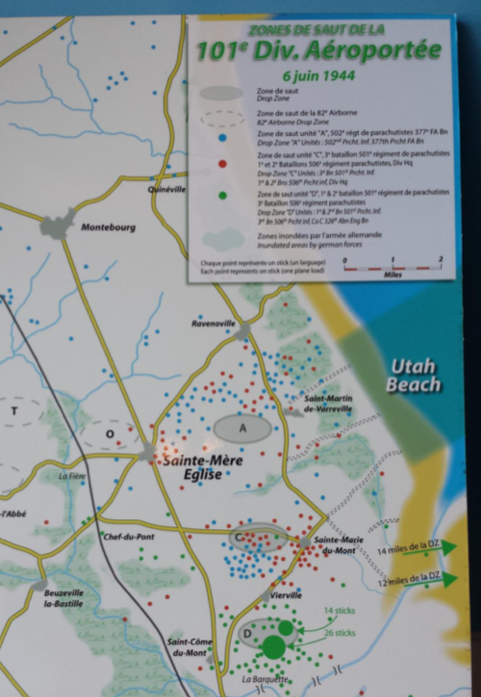
101st Airborne troops enroute to Ste-Mere-Eglise:
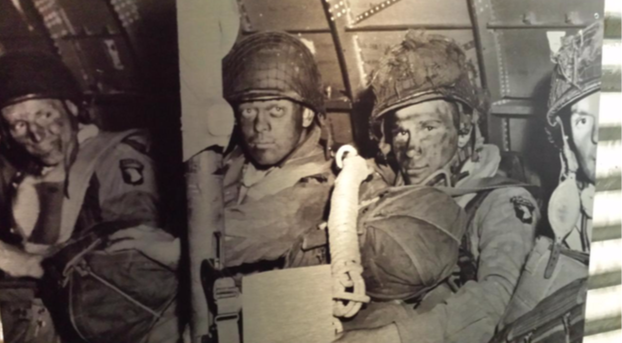
Replica of Paratrooper John M. Steele hanging from the town church steeple:
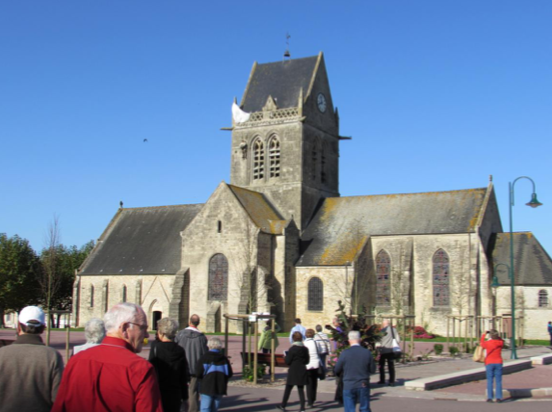
Close up of Paratrooper John Steel (replica) hanging on church steeple. He was eventually cut
down after being shot in the foot by a German soldier:
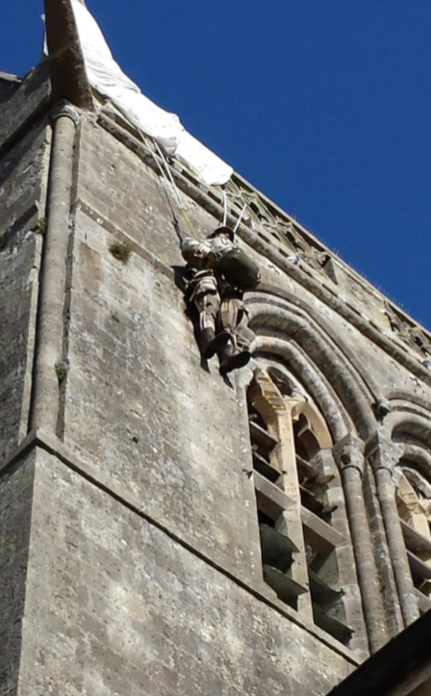
Paratrooper John Steele’s awards before and after being cut down from the church steeple:
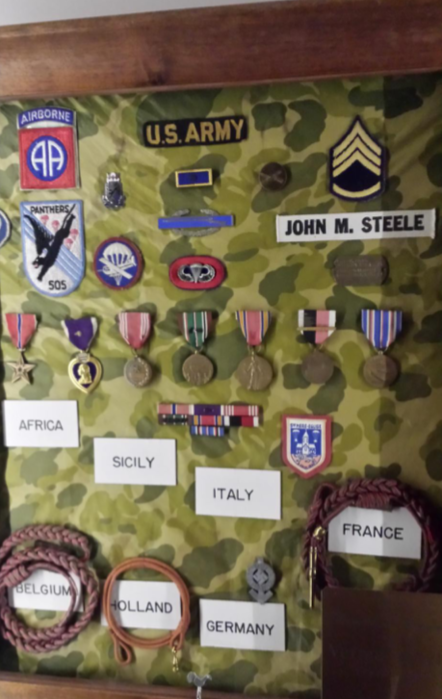
Status of airborne and beach operations as of June 18, 1944:
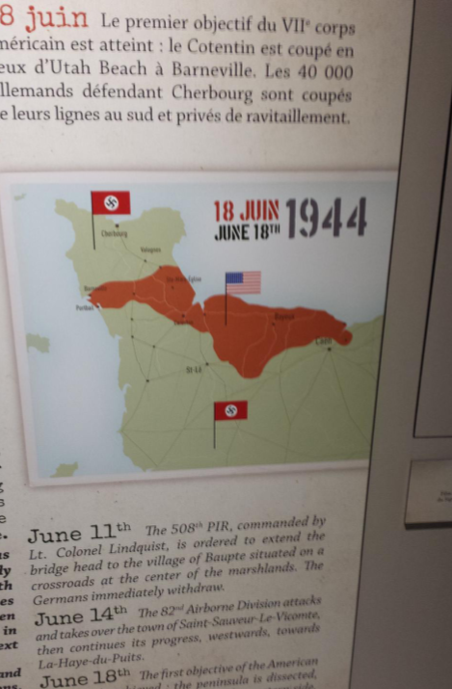
A closing thought
The words inscribed on the main monument in the American Cemetery pay a most honorable
tribute to all the American soldiers and sailors who lost their lives on June 6, 1944, and during
the weeks thereafter in northern France:
“THIS EMBATTLED SHORE, PORTAL OF FREEDOM,
IS FOREVER HALLOWED BY THE IDEALS, THE VALOR,
AND THE SACRIFICES OF OUR FELLOW COUNTRYMEN”
Amen, and thanks be to God for such brave Americans. May every generation of Americans
raise up such men and women to protect the freedoms and liberty we too often take for granted.
Photo of the main monument at the Omaha American Cemetery:
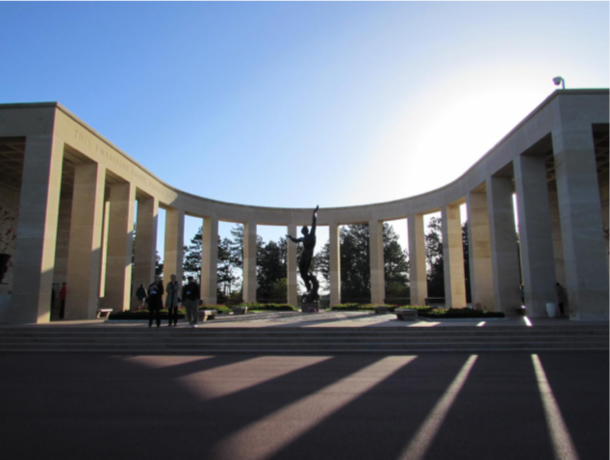
Paul S. Gardiner is a retired US Army Lieutenant Colonel, Vietnam veteran, and American Legion member. He is a graduate of the University of North Carolina at Chapel Hill, University of Alabama, and the US Army War College.
Subscribe to our evening newsletter to stay informed during these challenging times!!
The most humbling place I have ever been to. The feeling of reverence is something that can only be experienced, it can't be described. My daughter, a Veteran of Afghanistan, participated in the flag ceremony with (then) VFW Commander-in-Chief, John Hamilton. Thank you for sharing the pictures, it still makes me tear up.